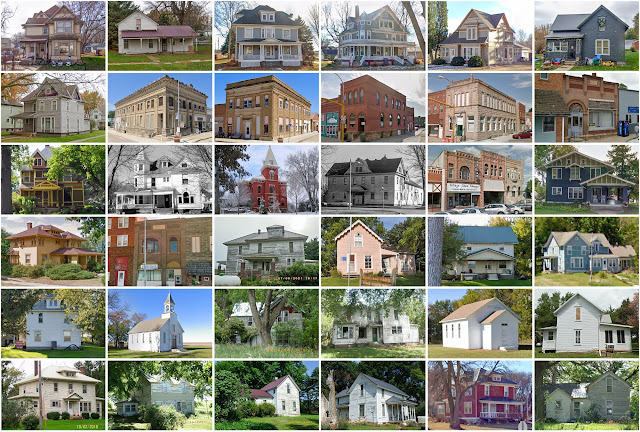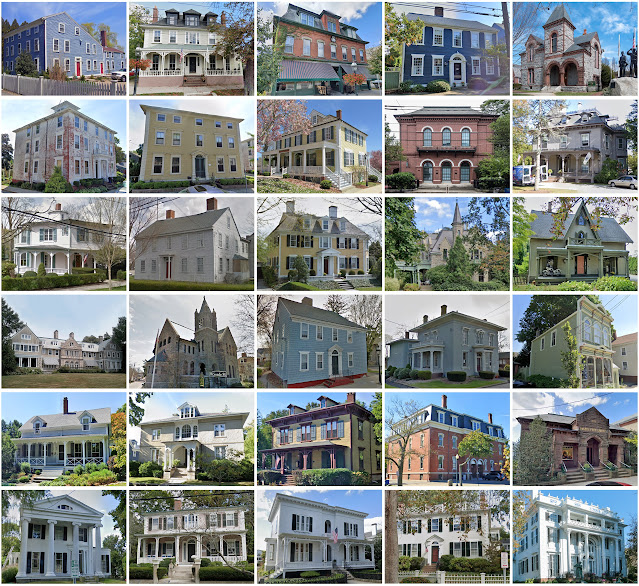Henry County, Iowa

Founding: 1836 Parent county: Des Moines Namesake: Disputed—perhaps Henry Dodge, Wisconsin politician Seat: Mount Pleasant (1836–) Land area: 434 square miles Population (2020): 20,482 Population (historic): 8,707 (1850); 21,463 (1870); 18,895 (1890); 18,640 (1910); 17,660 (1930) Periods of population growth: pre-1850–1870; 1890s; 1930–1950; 1970–2000; 2010s Subdivisions: Ten cities; 12 townships National Register listings: 54 Pre-1940 residences (estimated): 2,731 (32.7%) Pre-1940 housing survival rate: 55.3% Pre-1860 housing survival rate (1940): 4.4% Farm housing in disrepair (1950): 5.5% Nonfarm housing in disrepair (1950): 4.5% Average farmhouse value (1930): $2,475 Average outbuilding value (1930): $2,029 Average farmhouse size (1940): 6.9 rooms Number of farms (1920): 1,989 Average farm size (1920): 101.1 acres Sources of settlement: Ohio, Pennsylvania, Indiana, Illinois, New York, Sweden, Virginia, and Germany _________________











